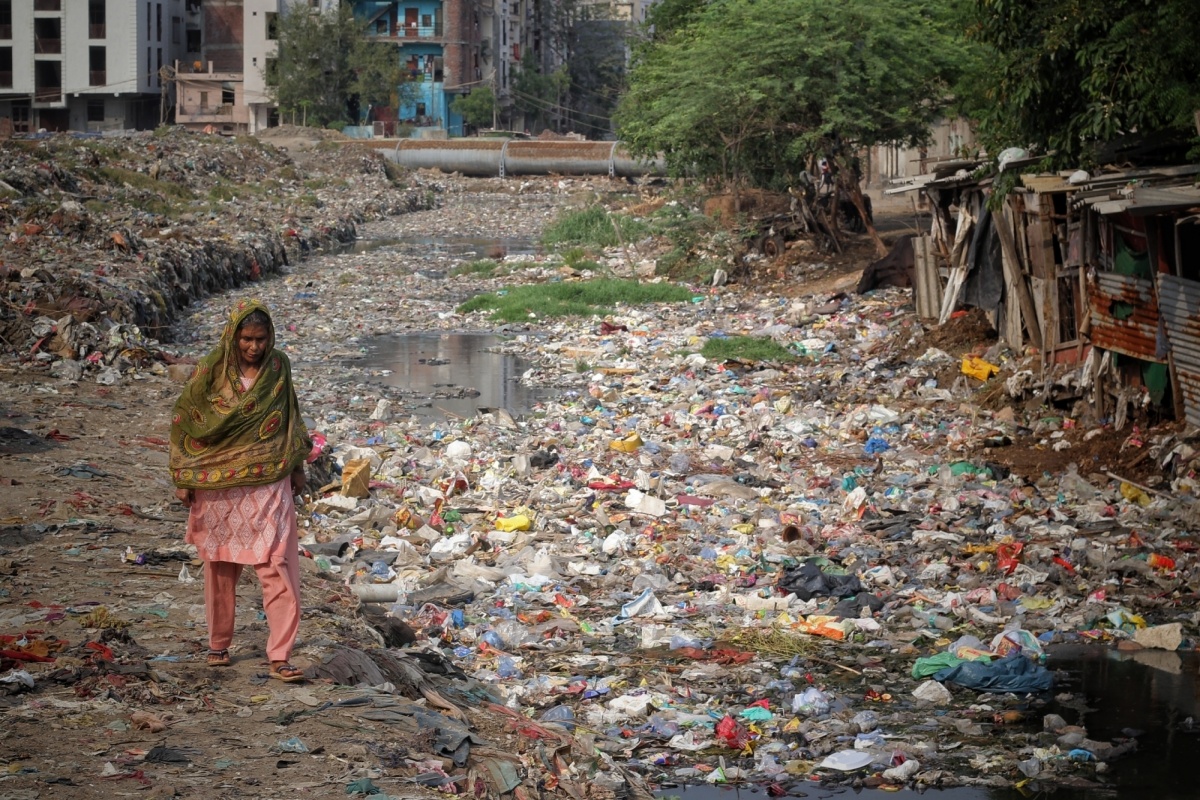Jan 20, 2019
The Vicious & Everlasting Cycle of Poverty & Environment
In many regions, the destruction of coastal ecosystems primarily harms the poor as they are dependent for their survival on a range of products obtained in their immediate surroundings, such as fish or mangrove timber. They do not earn enough money to be able to acquire food or energy by other means, or to move away from regions affected by environmental degradation. In this context, experts distinguish between two types of poverty: exogenous poverty and endogenous poverty.
Exogenous poverty in a population is initially caused by external factors. This may happen, for example, if resource exploitation ruins local livelihoods and the local population does not share in the proceeds, such as in cases where large fishing fleets, with the government’s permission, exploit local fishers’ fishing grounds. Similarly, the exploitation of mineral resources in a context of ir-responsible governance may cause exogenous poverty. In Papua New Guinea, for example, millions of tonnes of toxic effluent were discharged from a copper and gold mine into the Ok Tedi river and the sea between 1984 and 2013, thus poisoning the river, swamps and coastal waters for many years.








Christine Blaine
Lorem ipsum dolor sit amet, consectetur adipisicing elit, sed do eiusm tempor incididunt ut labore et dolore magna aliqua. Ut enim ad minim Magna, sed diam nonumy eirmod tempor.
Reply